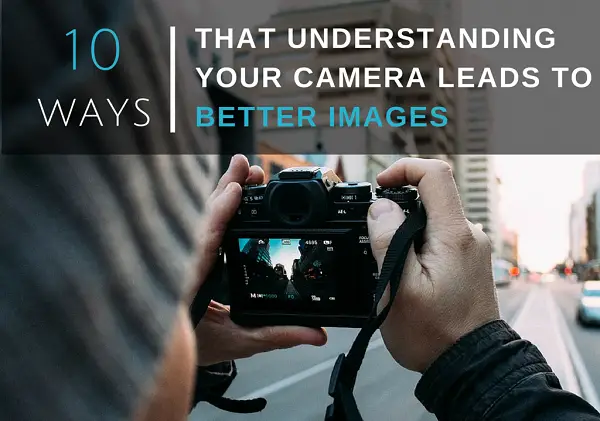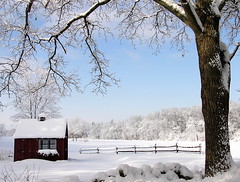Perhaps you’ve heard this one before, or said even it yourself: I could take great pictures too, if I had your camera.

But saying pictures are great because of the camera is like saying Michael Jordan was great because of his shoes. Sure, the camera determines an image’s resolution, but give a $7,000 camera to a toddler and you’ll have a high resolution blur.
… Continue reading 10 Ways That Understanding Your Camera Leads to Better Images










